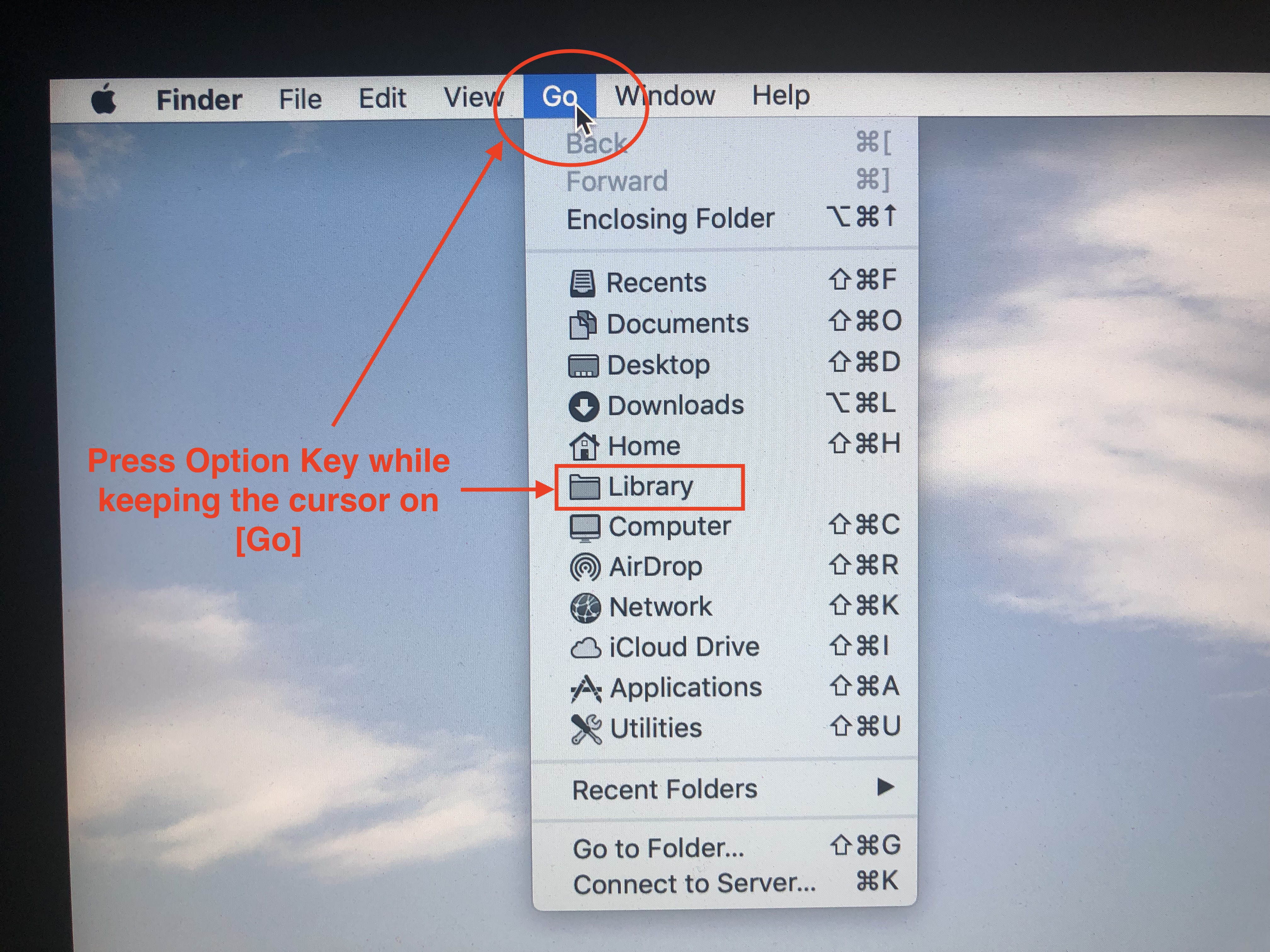

- Get to the hidden library folder on mac how to#
- Get to the hidden library folder on mac mac os x#
- Get to the hidden library folder on mac mac#
Just type ~/Library and click Go to view the folder in the current Finder window. Use Go To Folder The Go To Folder command, in the Finder’s Go menu (also accessible by pressing Shift+Command+G), has long been a quick way to access invisible folders such as /Volumes and /usr it’s now useful for accessing your Library folder, as well. You can use the Go menu’s Go To Folder command for occasional access to ~/Library. If you’re the kind of user who rarely visits ~/Library, but you’d like to be able to open it if the need arises, these methods are for you. I’ve come up with 18 ways to do so which one(s) you choose will depend on how frequently you’ll need to access the folder and which method better fits your workflow.
Get to the hidden library folder on mac how to#
You just need to know how to access the folder or, if you prefer, unhide it.

Luckily, as I mentioned, the folder is just hidden, using a special file attribute called the hidden flag. While I understand Apple’s motives here-I’ve had to troubleshoot more than a few Macs on which an inexperienced user had munged the contents of ~/Library-there are plenty of valid reasons a user might need to access their personal Library folder. But that’s fodder for a different article.)
Get to the hidden library folder on mac mac#
Yes, I realize that’s a questionable assumption, given that the first user account on a Mac is always set up as an admin account. (Why hide ~/Library but not /Library, the similar folder located at the root level of your drive, which holds systemwide support files? Most likely because only admin users can modify /Library, and Apple assumes that a user with admin-level privileges will know what he or she is doing. This is the same reason Apple has always hidden the folders containing OS X’s Unix underpinnings: /bin, /sbin, /usr, and the like.
Get to the hidden library folder on mac mac os x#
The reason for this move is presumably that people unfamiliar with the inner workings of Mac OS X often open ~/Library and start rooting around, moving and deleting files, only to find later that programs don’t work right, application settings are gone, or-worse-data is missing. But in Lion, Apple has made the folder invisible. What’s that? It’s gone? It seems so, doesn’t it? But rest assured, your personal Library folder is right where it’s always been, at the root level of your Home folder. Whatever the case may have been, you simply opened your Home folder to access the Library folder.īut if you’ve just upgraded to Lion, try accessing your personal Library folder that way now.

Or maybe a developer asked you to delete a preference file, or grab a log file, while troubleshooting a program. Perhaps you wanted to tweak something using a tip from Macworld, Mac OS X Hints, or elsewhere on the Web. The files and folders in ~/Library are generally meant to be left alone, but if you’ve been using Mac OS X for a while, chances are you’ve delved inside. Inside your Home folder is a Library folder ( ~/Library), accessible only to you, that’s used to store your personal application-support files and, in some cases, data.


 0 kommentar(er)
0 kommentar(er)
